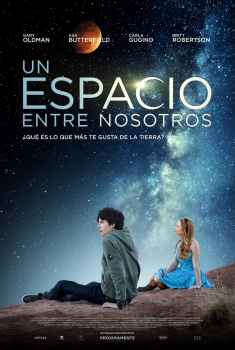
An additional per-carbon credit delivery payment may be paid to the project developer or owner when the carbon credits are delivered to or sold by Carbon Streaming.Ĭarbon Streaming Corp (Carbon Streaming Corp)Ī Carbon Credit is a credit that can be used to offset an individual's or organization's carbon emissions. The way Carbon Streaming describes its business of a carbon stream is,Ī carbon credit stream is a contractual agreement whereby Carbon Streaming makes an upfront payment in return for the right to receive all or a portion of future carbon credits generated by the project. The company uses the same business model as Wheaton Precious Metals and other streamers, which is known to be a very profitable business model. They currently are the only public carbon royalty company and have only one competitor in the private market that goes by the name Carbon Royalty. The company is the first mover in the carbon royalty space, starting the company in 2020 through a reverse take-over. The company also trades on the OTC market in the United States and is applying to list on the Nasdaq. An IntroductionĬarbon Streaming Corporation ( OTCQB:OFSTF) IPO'd in Canada on the NEO Exchange on July 27, 2021, in which it trades under NETZ. I then saw deep value in the assets of the company. When digging into the company, I saw an industry that wasn't going to go away without a radical change in Western countries' current goals. As more people cut the cord and move towards online-only media consumption, the way to reach these consumers will increasingly be via CTV OTT advertising.Carbon Streaming has caught my eye as they are a new company on a relatively unknown exchange running an attractive business model in a controversial space.
#THE SPACE IN BETWEEN STREAMING TV#
Lots of companies are entering the OTT advertising space via connected TV ( CTV) advertising, leading to a wide variety of content consumption options for consumers, and increasing ad inventory types for marketers. However, it is a much more technically challenging proposition to support server-side ad insertion, so it is still relatively uncommon.īecause OTT is a relatively new phenomenon, it has tremendous growth potential. In a server-side ad insertion, the ad is integrated seamlessly into the frames of the media, meaning it is not possible to ad-block. In a client-side setup, the viewport for the streaming media loads the ad before the episode or film is shown. However, there are two main types of OTT marketing set-ups: OTT advertising is much like legacy media advertising, typically taking place between songs or episodes, but it is delivered through OTT streaming platforms. Spotify is considered an OTT platform in the audio streaming space for both music and podcasts, while WhatsApp, Telegram, Slack, and Signal are considered OTT platforms in the internet messaging space.įree-to-access services offer a golden opportunity for mobile marketers.

Netflix, Amazon Prime, HBO Max, Disney+, Hulu, and YouTube are OTT providers in the video streaming space. The most commonly referred to OTT service is video streaming. The content that is streamed can include video, music, and messaging. OTT describes the platform that delivers streaming content via the internet across devices including mobile phones, smart TVs, computers, and tablets.


What is the difference between OTT and streaming?

#THE SPACE IN BETWEEN STREAMING FOR FREE#
Some platforms offer a mix, providing tiered packages that allow users to either access for free with ads or pay for an ad-free experience. Many OTT services now operate on a paid subscription basis, but a large number run advertisements on their platform as an alternative monetization method. There are two types of OTT streaming pay-to-access and free-to-access. But before we jump into OTT advertising, let’s clear up some confusion. This transition has big implications for mobile advertising. Now, users can sign up to OTT streaming platforms and access their content over the internet. In previous years, a consumer would take out a cable subscription and their cable TV provider would be responsible for the supply and availability of programming. OTT stands for “over-the-top” and refers to technology that delivers streamed content over the internet.


 0 kommentar(er)
0 kommentar(er)
